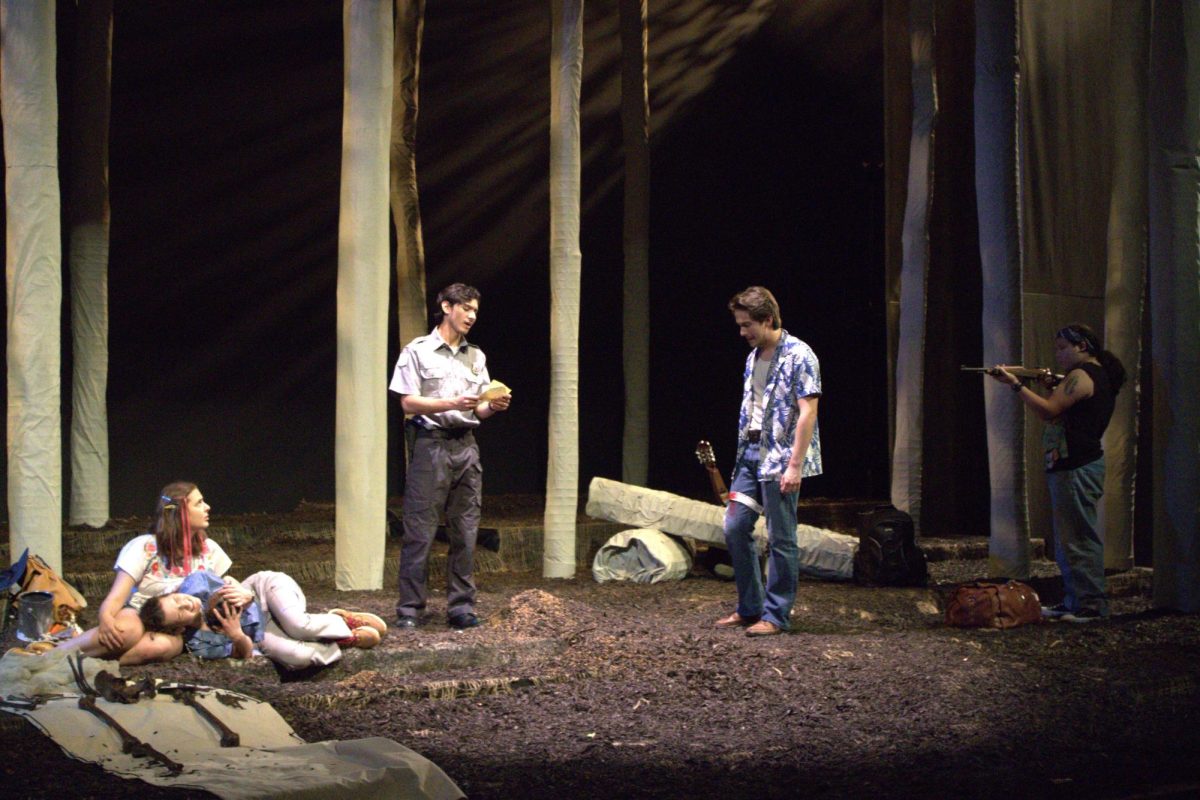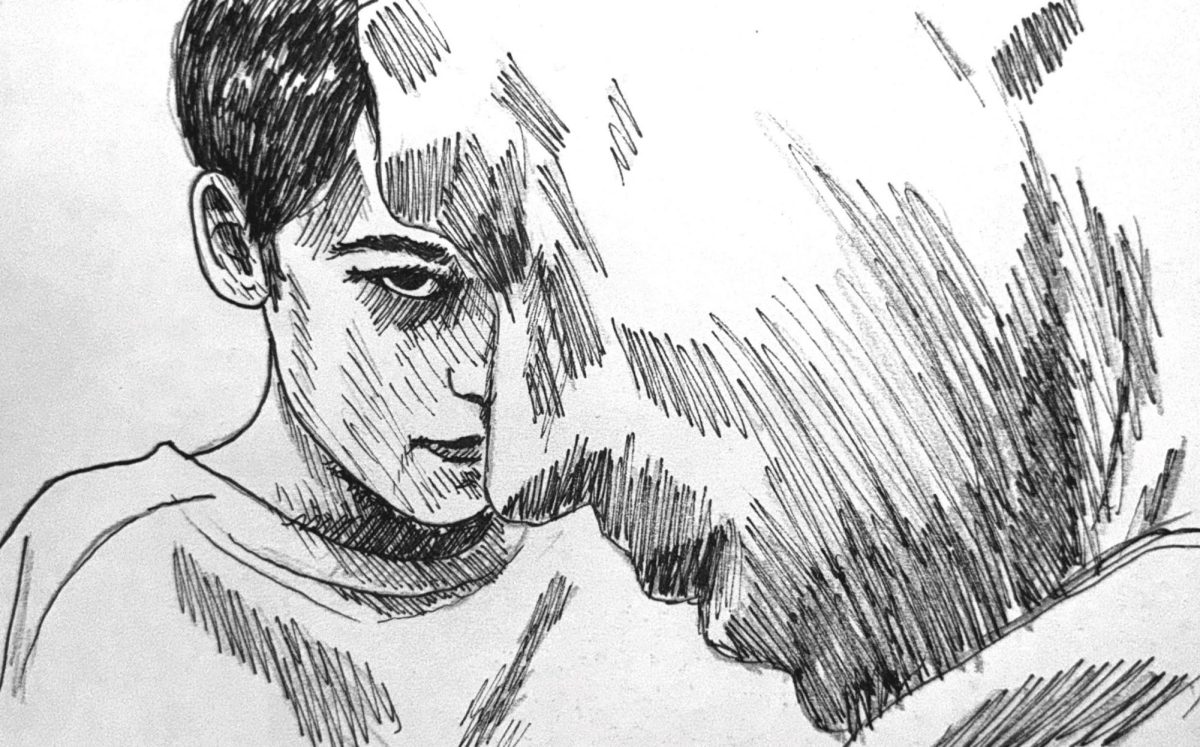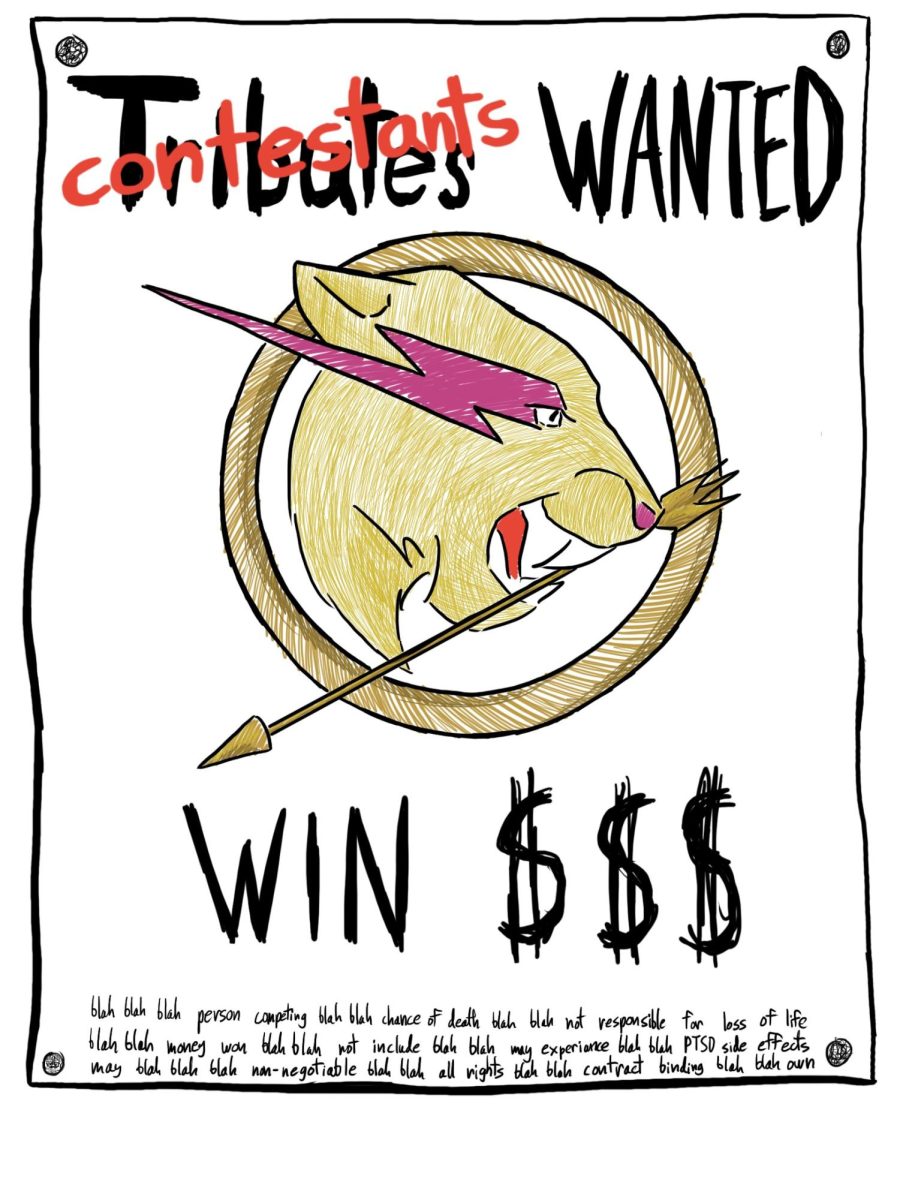Not on many occasions do I pick up a book that’s part of a school’s curriculum and thoroughly enjoy its contents. Nothing ruins a book more than attempting to flesh out its underlying themes and motifs. For the most part, my repertoire consists of dull yawn inducers like The Great Gatsby (oops, probably offended like everyone), The Bell Jar and The Scarlet Letter, “” all very highly revered books and works of higher learning “” but they lacked anything but an educational appeal.
So let’s talk about a different book. One that changed my perspective on a lot of things. Life of Pi, an esteemed novel written by Yann Martel that details the experiences of a 16-year-old Piscine Patel (“Pi”), the son of a zookeeper in India. His family, motivated by the new political regime, decides to uproot their zoo to Canada via a Japanese cargo ship carrying all of their zoo animals. Unfortunately, the ship sinks and the only survivors (who find refuge upon a lifeboat) are Pi, a wounded zebra, a hyena, an orangutan and a Bengal tiger whom Pi has come to know as Richard Parker.
So, what’s so special about another shipwreck tale? The difference here is that after Richard Parker eradicates all but Pi, there exists a bizarre yet comforting dynamic between the two as they try to survive on the lifeboat. Where a human and somewhat tame tiger in a life-threatening situation should not find peace with each other, the novel traces Pi’s will to live that eventually rules out all misunderstanding. The anxiety Martel builds on the relationship between Richard Parker and Piscine as they struggle for dominance and cope with thirst and hunger draws the reader into the story and onto the lifeboat itself. His powerful language induces feelings of panic and reprieve as Pi realizes his dangerous predicament with Richard Parker while trusting in a mightier power to aid his will to continue on.
The real appeal of the novel actually originates at the beginning as an older Piscine Patel narrates the story of himself as a young boy. A practicing Hindu, Pi discovers through going to a church and talking with a practicing Muslim that all faiths are connected ““ “” and through each, Pi could find a way to love God. Though this may only be moving to some, Martel raises an interesting truth “” that all religions are indeed alike in that all acknowledge a higher being. He says, “Hindus, in their capacity for love, are indeed hairless Christians, just as Muslims, in the way they see God in everything, are bearded Hindus, and Christians, in their devotion to God, are hat-wearing Muslims.” The insight Yann Martel provides constructs a captivating novel that takes the reader into the mind and world of Piscine Patel; with his great literary strengths, Martel fosters a sense of compassion and concern for the characters “” even the ferocious and wild Richard Parker.
Score: 8.5/10
So, of course this is all relevant because the film “Life of Pi” is hitting the box office on Nov. 21. After previewing the trailer, the movie does seem to show some promise. The trailer emphasizes the capsizing of the cargo ship and illustrates the growth of trust between Richard Parker and Pi. The film is directed by Academy Award-winner Ang Lee and though the visual effects seem to fall short of impressive, I think the plot will be able to carry the film through. I can’t say whether it will match the undeniable genius of the novel, but it looks like “Life of Pi” will be a definite Thanksgiving must-see.





